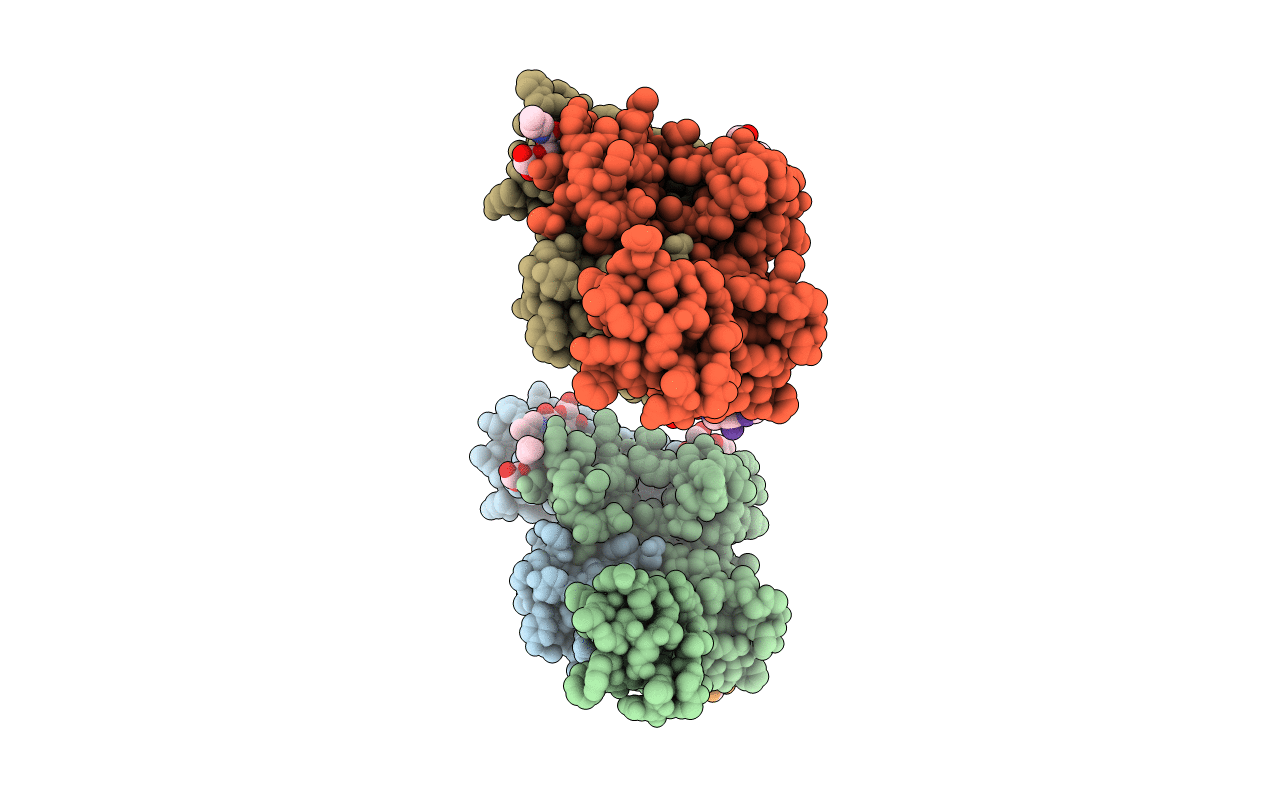
Deposition Date
2010-01-26
Release Date
2010-06-30
Last Version Date
2024-11-20
Entry Detail
PDB ID:
2X3T
Keywords:
Title:
Glutaraldehyde-crosslinked wheat germ agglutinin isolectin 1 crystal soaked with a synthetic glycopeptide
Biological Source:
Source Organism:
SYNTHETIC CONSTRUCT (Taxon ID: 32630)
TRITICUM AESTIVUM (Taxon ID: 4565)
TRITICUM AESTIVUM (Taxon ID: 4565)
Method Details:
Experimental Method:
Resolution:
2.75 Å
R-Value Free:
0.28
R-Value Work:
0.22
R-Value Observed:
0.23
Space Group:
P 1 21 1


